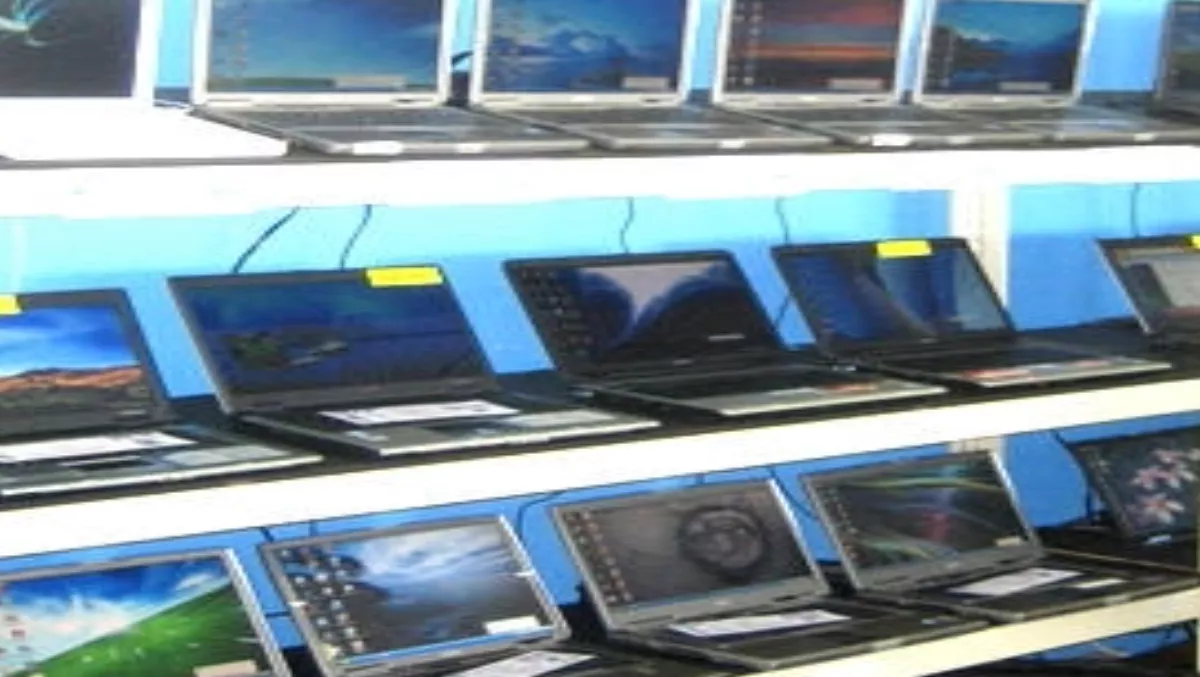
These days, buying a new laptop can take a lot of research and planning. Although the introduction of tablets has proved challenging for laptops, there are still many features keeping the laptop at the head of its game. This article will show you just what those features are and what you should be looking for when shopping. You want to be sure you are getting a laptop that will do exactly what you need it to do and not spending money on a lot of bells and whistles you won’t use. This month in NetGuide, we guide you through the process to make sure you get the best bang for your buck!When shopping for a laptop (also referred to as notebook), it is hard not to get overwhelmed by the plethora of different options available. From laptop size to screen dimensions to battery life and everything in between, where to begin? Below, we have laid out some of the key features to consider. ProcessorThe processor (sometimes referred to as the CPU or central processing unit) can be thought of as the brain of the computer. The two main varieties you will see are Intel Processors and AMD Processors. Though there are benefits to both, Intel’s dual-core processors currently reign as the top choice, proving time and time again to be faster and more efficient. Screen size and native resolutionThe screen size you should choose will vary from person to person, because it depends on what you are looking for in a laptop and what you will be using it for. You may want to consider a larger (and wider) screen if you intend to use it for presentations, viewing spreadsheets or watching movies. Alternatively, if you are looking for a travel-friendly laptop, you may want to go smaller. The screen does not often correlate with price; you can usually find high-resolution colour and wide screens even in budget laptops. The average user looking for a laptop offering good value and a few key features will likely go for an all-purpose laptop, which is defined by a screen size between 13.3 and 17 inches. When choosing screen size, however, you must also consider the native resolution. If this is too low, you can end up with text that is very difficult to read. Usually, a 16 inch screen is a safe bet because this size can display a true 1080p (1920 by 1080 pixel resolution) picture. Battery lifeBefore buying a laptop, you should definitely consider how often you intend on travelling with it and for how long. This will not only help dictate the size, but also the battery life. On average, a laptop featuring a Core Duo or Core 2 Duo processor allows between 3.5 and 4 hours of usage on a single charge. If you intend on regular travel with your laptop, look for a higher-capacity battery. Also consider that manufacturers may quote times based on having many of the laptop’s features turned off (such as wireless receivers, which tend to consume a lot of power) or dimmed screen brightness. *Note: As a general rule, lighter laptops tend to have longer batter lives than do big, bulky ones. System memoryMost laptops today come with 2GB of system memory. You can upgrade to 3GB of RAM or more, but be sure to check the version of Windows your laptop uses, because a 32-bit operating system can only support about 3GB of RAM. In other words, if you plan on upgrading your RAM beyond the standard 2GB, make sure you buy the 64-bit version of Vista). A higher RAM will extend your laptop’s useful life, so we recommend upgrading your memory at the time you purchase your laptop.Graphic s card (GPU)The GPU (graphics processing unit or graphics card) is important, even for non-gamers. There are two different types of GPUs: Integrated and dedicated.An integrated GPU is built into the motherboard whereas a dedicated GPU is a separate preinstalled graphics card. Integrated graphics typically come from Intel and dedicated video chip sets usually come from nVidia and ATI/AMD. If you are into gaming (even casually), you should definitely go with dedicated, since integrated GPUs must draw from the main memory and therefore will not provide as good a gaming experience. Integrated GPUs are usually preferred if you don’t intend on using your laptop for gaming because they run very cool and improve battery life. That being said, keep in mind that Windows Vista requires a more powerful graphics subsystem. Hard driveEven the cheapest of laptops now come with 60GB hard-disk drives (HDDs), with most all-purpose machines offering between 200GB and 300GB. Alternatively, ultraportables now come with solid-state drives (SDDs), which are faster and lighter than HDDs, but are also more expensive and have a much lower storage capacity.*Note: we highly recommend investing in an external hard drive as well and backing up regularly. Hard drives are often the first (and most devastating) thing to go in any laptop, and you want to be sure that you are protected should the worst occur!Optical driveThese days, nearly every manufacturer offers laptops with rewritable DVD drives. However, because of the rising popularity of Blu-ray, many laptops are beginning to come equipped with Blu-ray drives as well (but of course, this will cost you extra). ConnectivityMost all-purpose laptops provide at least two USB ports, with many offering up to four or six. An SD/memory stick flash card reader, headphone jacks, a webcam, Ethernet jacks and VGA ports have also become standard in most laptops. Today, you can also find many laptops offering built-in Bluetooth and eSATA ports for high-speed transfers.